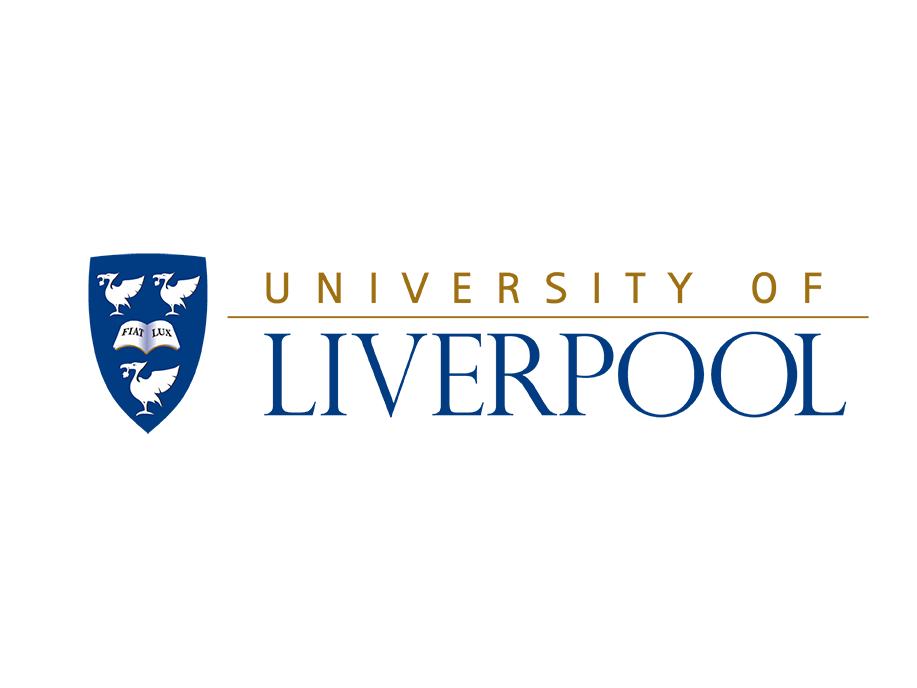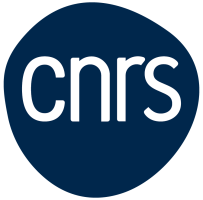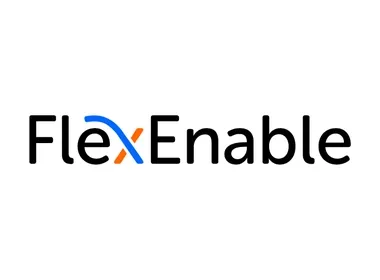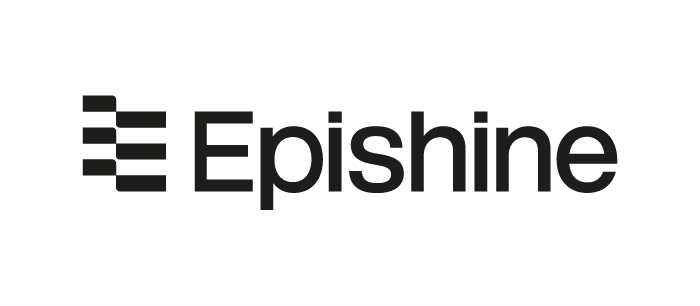Consortium
Participants & Partners
The FADOS consortium is composed of 13 beneficiaries and 13 associate partners from 7 different European countries and 2 non-European country. This consortium brings together expertise from both academic and non-academic nodes to ensure to our 17 recruited ESRs a real multisectoral exposure.
Coordinator

Prof. Martijn Kemerink
PARTICIPANTS

Christian Müller

AGENCIA ESTATAL CONSEJO SUPERIOR DE INVESTIGACIONES CIENTIFICAS
CALLE SERRANO 117
28006 Madrid
Spain
Prof. Mariano Campoy-Quiles
Dr. Juan Sebastián Reparaz

Dr. Mario Caironi
Dr. Alessandro Luzio

Prof. Simone Fabiano
is a Professor of Materials Science at Linköping University and leader of the Organic Nanoelectronics group at the Laboratory of Organic Electronics. His research focuses on doping mechanisms in organic semiconductors, neuromorphic devices, and sustainable electronics. He is a co-inventor on 23 patent families and has published around 140 scientific articles (~11,000 citations, h-index 56, Google Scholar). He has supervised 14 doctoral and 23 postdoctoral researchers in national and EU-funded projects, and currently coordinates or contributes to major national and European initiatives, including an ERC Consolidator Grant and several MSCA and Pathfinder projects.

Alessandro Troisi

CENTRE NATIONAL DE LA RECHERCHE SCIENTIFIQUE CNRS
Strasbourg, 67034,
France
Dr. Martin Brinkmann

Prof. Sabine Ludwigs

IMPERIAL COLLEGE OF SCIENCE TECHNOLOGY AND MEDICINE
London SW72AZ,
UK
Prof. Julie Euvrard
Prof. Jenny Nelson

Dr Jaime Martín
Xabier Rodríguez-Martínez

FLEXENABLE TECHNOLOGY LIMITED EPISHINE AB
Cambridge, CB40FX,
UK
Dr Stephen Bain
Professor Henning Sirringhaus
FlexEnable has developed the world’s first truly flexible transistor technology platform; the key to cost effective electronics over large and small surfaces. The company’s proven technology platform enables customers to create compelling flexible electronic products and to manufacture them in volume. Combining stable, high performance organic thin film transistors (OTFT) with passive elements, FlexEnable’s platform is the perfect toolkit of electronic components for enabling new mobile and wearable products as well as sensor arrays and structural electronics that bring an extra dimension to the IoT (Internet of Things). The company has demonstrated a number of world firsts, including fully flexible electrophoretic displays, flexible active matrix OLED displays and conformed organic liquid crystal displays (OLCD).
FlexEnable has also demonstrated a range of LC based optical devices for various applications such as tunable lenses, AR ambient dimming, smart-windows and e-privacy screens. With a strong IP portfolio and a unique, scalable organic electronics manufacturing process, FlexEnable can rapidly accelerate customers’ route into plastic electronics and their achievement of a truly differentiated product offering. Customers include OEMs, component manufacturers and materials suppliers. More details about FlexEnable and its backplane technology can be found at http://www.flexenable.com.

Thomas Österberg
Jonas Bergqvist PhD
Professor Ludvig Edman

Prof. Dr. Ing. Francesca Santoro
Dr. Francesca D´Elia

Prof. Natalie Banerji
is a beneficiary partner and main supervisor of DC16. She is a full professor at the Department of Chemistry, Biochemistry and Pharmaceutical Studies at the University of Bern since 2017 and a member of the SNF research council. She has supervised 17 PhD students, 13 Master and 8 PostDocs. She is an author of 70 peer reviewed journal articles (68 peer-reviewed journal articles, 2 book chapters, 5 conference proceedings; h-index: 37) and gave over 65 invited talks at international conferences and research institutions. She is an Associate Editor of ‘Nature PJ Flexible Electronics’ and of ACS Materials Letters, and a member of the Editorial board of IOP ‘J. Phys. Energy’ and has organized several scientific conferences.

Dr. Davide Moia
is the supervisor of DC17. In his PhD and postdoc at Imperial College, he investigated electron and ion transport in organic semiconducting systems. He has been Group Leader at the Max Planck Institute for Solid State Research in Stuttgart, where he worked on mixed ionic-electronic conduction in halide perovskites in the department of Physical Chemistry of Solids headed by Prof. Joachim Maier. Since March 2024, he joined FLUXIM as R&D scientist where he carries out research projects on solar cells and batteries in collaboration with academic and industry partners. He has co-authored 35 publications (h index 21), delivered >20 presentations at international scientific conferences.